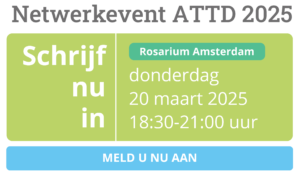OBJECTIVE
The Continuous Glucose Monitoring (CGM) Initiative recently introduced universal subsidized CGM funding for people with type 1 diabetes under 21 years of age in Australia. We thus aimed to evaluate the cost-effectiveness of this CGM Initiative based on national implementation data and project the economic impact of extending the subsidy to all age-groups.RESEARCH DESIGN AND METHODS
We used a patient-level Markov model to simulate disease progression for young people with type 1 diabetes and compared government-subsidized access to CGM with the previous user-funded system. Three years of real-world clinical input data were sourced from analysis of the Australasian Diabetes Data Network and National Diabetes Services Scheme registries. Costs were considered from the Australian health care system’s perspective. An annual discount rate of 5% was applied to future costs and outcomes. Uncertainty was evaluated with probabilistic and deterministic sensitivity analyses.RESULTS
Government-subsidized CGM funding for young people with type 1 diabetes compared with a completely user-funded model resulted in an incremental cost-effectiveness ratio (ICER) of AUD 39,518 per quality-adjusted life-year (QALY) gained. Most simulations (85%) were below the commonly accepted willingness-to-pay threshold of AUD 50,000 per QALY gained in Australia. Sensitivity analyses indicated that base-case results were robust, though strongly impacted by the cost of CGM devices. Extending the CGM Initiative throughout adulthood resulted in an ICER of AUD 34,890 per QALY gained.CONCLUSIONS
Providing subsidized access to CGM for people with type 1 diabetes was found to be cost-effective compared with a completely user-funded model in Australia.


